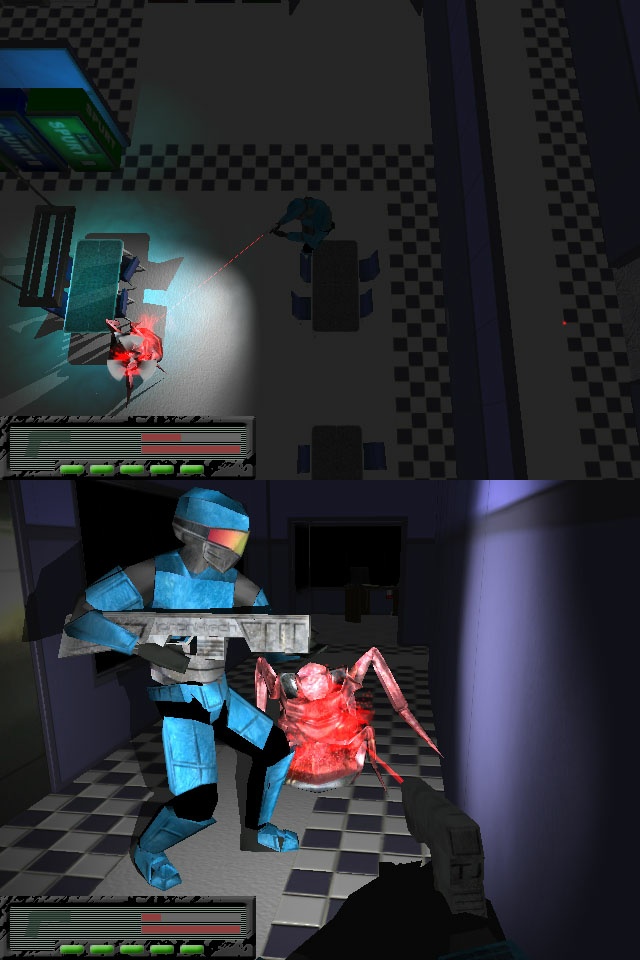 |

Submitted by , posted on 19 January 2004
|
 |

Image Description, by

Here are two shots of our game X-fire.
X-fire is a small top-down shooter game made by LPHPNL. What makes x-fire unique is that it has real-time per-pixel lighting. X-fire took runner up in the AGDC (Australian Game Developers Conference) best unsigned game (Indie) in November 2003. The main drive behind x-fire's development is going back to older style games where the idea is just to be overwhelmed by enemies (just think Gauntlet or Alien Breed).
Features list:
In house developed engine
Every polygon has a normal map
Real time per pixel light attenuation
Real time per pixel specular lighting (with gloss map)
Every light has a cube map (directional lights)
Every polygon casts a real time shadow
Per polygon hit detection
Two-player co-operative network play
X-fire uses OpenGL and Fmod.
You can download a demo from www.lphpnl.com
|
|

